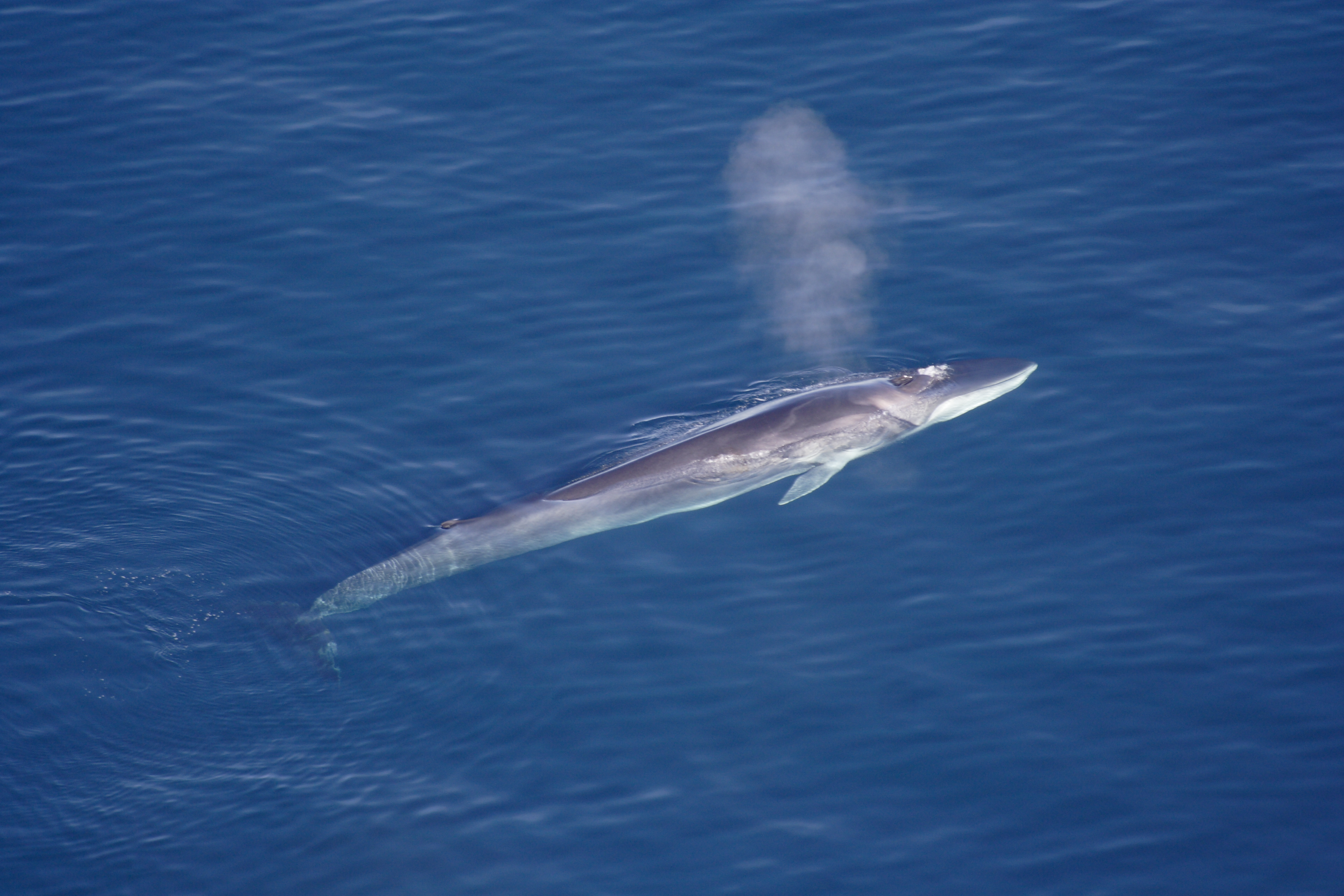Whales use nested Russian-doll structure to protect nerve tissue during lunge dives
February 16, 2017

February 16, 2017

Fin whales use two neatly packed levels of nested folds to protect the nerves along the floor of their mouth during lunge feeding, according to new research from University of British Columbia zoologists.
Large whales balloon an immense pocket between their body wall and overlying blubber to store captured prey during feeding dives—extending nerves along their mouth and tongue to more than double their length.
“But when they shorten again these nerves have to fold so tightly that they develop bending stretches, which could damage the nerve,” says UBC zoologist Margo Lillie, author of the paper in Current Biology. “It surprised me that just folding them up created a problem.”
The solution: the nerves use a Russian doll-like structure to nest folds.
“The first level of waviness allows the nerve to extend when feeding. Then the nerve structure is folded at a second level of waviness at a smaller length scale—that creates enough slack in the shortened nerve tissue to allow it to go around each fold without being damaged.”
The whale nerves are so large that Lillie and UBC colleagues Wayne Vogl, Kelsey Gil, John Gosline and Robert Shadwick were able to use microCT to visualize the nerve’s 3D structure. The shape of the recoiled nerve is the same as a river meander.
"The shape is a sine generated curve, which is characteristic of a wide range of natural structures including the jet stream, a buckled rod, and flow patterns in rock,” says Lillie. “The bends tend to be as uniform as possible and this minimizes the work required to make the structure. It’s a special, ideal shape.”
Rorquals are the largest group among baleen whales, and include blue whales and fin whales. The research was supported by the Natural Sciences and Engineering Research Council.
We honour xwməθkwəy̓ əm (Musqueam) on whose ancestral, unceded territory UBC Vancouver is situated. UBC Science is committed to building meaningful relationships with Indigenous peoples so we can advance Reconciliation and ensure traditional ways of knowing enrich our teaching and research.
Learn more: Musqueam First Nation